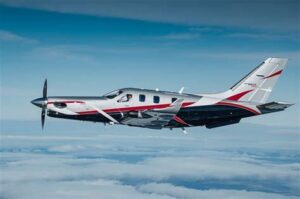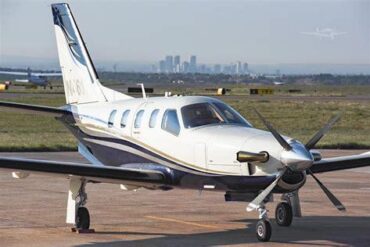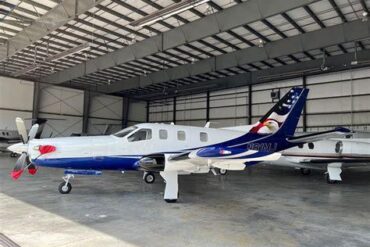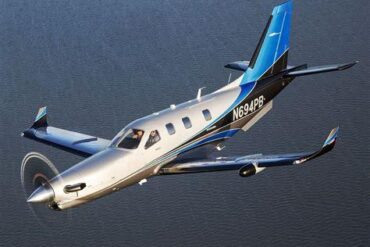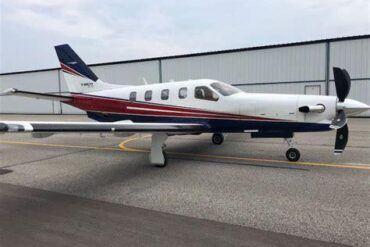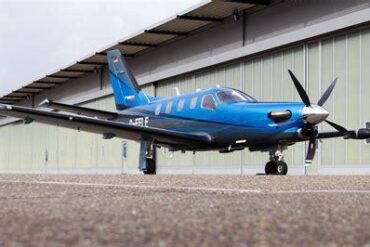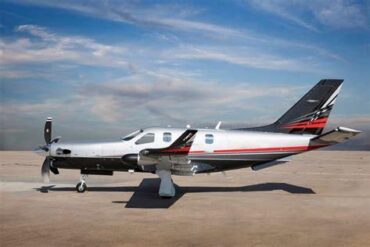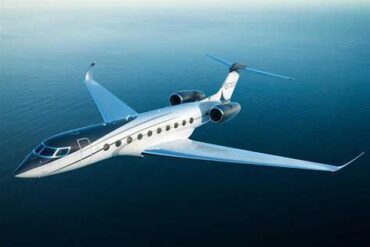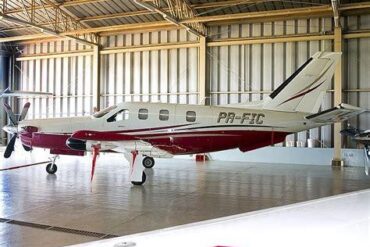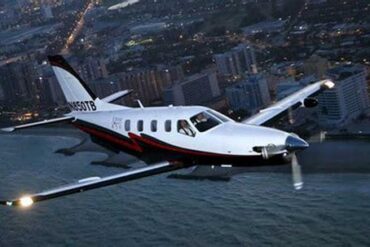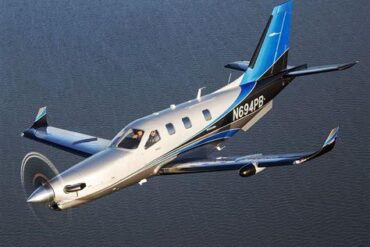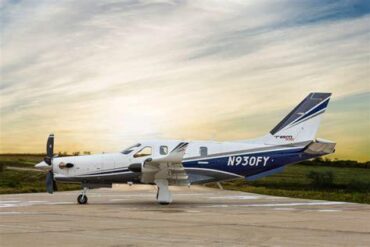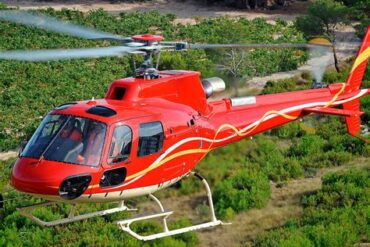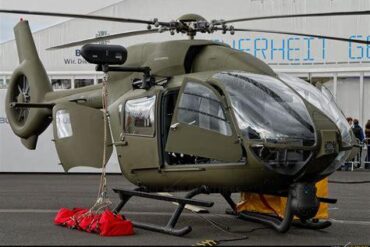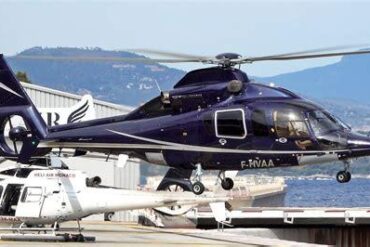The Socata TBM 960 stands as one of the pinnacle achievements in the realm of single-engine turboprop aircraft. As the latest iteration in the TBM series, it boasts enhanced features, superior performance, and a commitment to efficiency that appeals to both private and business aviation sectors. In this article, we delve into the preliminary price and operating costs associated with the Socata TBM 960, providing prospective buyers and operators with essential insights.
Overview of the Socata TBM 960
The TBM 960 is designed to cater to the needs of modern aviators who demand speed, comfort, and reliability. With a maximum cruise speed of approximately 330 knots and a range of about 1,730 nautical miles, it positions itself as a formidable competitor in the light turboprop market. The aircraft’s cabin is meticulously designed to offer luxury and practicality, accommodating up to six passengers in a spacious environment.
Key Features
-
Engine Performance: Powered by the Pratt & Whitney Canada PT6E-66XT engine, the TBM 960 delivers impressive thrust while maintaining fuel efficiency. The electronic engine control system enhances performance across various flight profiles.
-
Advanced Avionics: Equipped with the Garmin G3000 avionics suite, the TBM 960 offers pilots advanced navigation and communication tools, enhancing situational awareness and safety.
-
Comfort and Design: The interior features ergonomic seating, customizable layouts, and modern amenities, ensuring a comfortable flying experience for both pilots and passengers.
Preliminary Price of the Socata TBM 960
As with any high-performance aircraft, the initial purchase price is a significant consideration. The Socata TBM 960 is expected to have a base price of approximately $4.5 million. However, this figure can vary based on several factors, including customization options, additional equipment, and market conditions.
Factors Influencing Price
-
Customization Options: Buyers can tailor their aircraft with various interior configurations, paint schemes, and technology upgrades, each influencing the final price.
-
Market Demand: The aviation market is subject to fluctuations. Economic factors, industry trends, and demand for similar aircraft can impact pricing strategies.
-
Dealer Markup: Depending on the dealer and the specifics of the sale, there may be additional markups or incentives that affect the overall cost.
Operating Costs of the Socata TBM 960
Understanding the operating costs is crucial for any potential owner or operator. The TBM 960, while offering exceptional performance, also entails specific recurring expenses that must be accounted for in any financial planning.
Direct Operating Costs (DOC)
-
Fuel Costs: The TBM 960 has an average fuel burn of about 38 gallons per hour. With aviation fuel prices fluctuating, estimated fuel costs can vary significantly. Assuming an average fuel price of $5.50 per gallon, the hourly fuel cost would be approximately $209.
-
Maintenance Costs: Regular maintenance is vital for ensuring the aircraft remains in peak condition. Annual maintenance costs can range from $30,000 to $50,000, depending on usage, required inspections, and any necessary repairs.
-
Insurance: Aircraft insurance is another critical component of operating costs. The average annual insurance premium for a TBM 960 can be estimated at around $15,000 to $25,000, influenced by factors such as pilot experience and operational history.
-
Pilot Salaries: If hiring a professional pilot, salaries can vary widely. A full-time pilot’s salary may range from $70,000 to $120,000 annually, depending on experience and the operational scope of the aircraft.
Fixed Operating Costs (FOC)
-
Hangar Fees: Depending on location, hangar fees can range from $500 to $2,000 per month. Major airports typically charge more due to higher demand and limited space.
-
Depreciation: Aircraft depreciate over time, and understanding this aspect is vital for financial planning. The TBM 960’s depreciation rate can vary, but it is generally estimated at 5% to 10% annually during the first five years.
-
Miscellaneous Costs: These may include landing fees, navigation fees, and other operational expenditures. Depending on usage, these costs can add another $10,000 to $20,000 annually.
Total Cost of Ownership
When considering the total cost of ownership, combining both direct and fixed operating costs provides a clearer picture. For example, if we estimate:
-
Fuel Costs: $209/hour
-
Maintenance Costs: $40,000/year
-
Insurance: $20,000/year
-
Pilot Salary: $100,000/year
-
Hangar Fees: $1,000/month
-
Miscellaneous Costs: $15,000/year
A rough estimate for a typical operating year (assuming 200 flight hours) would be:
-
Fuel Costs: $41,800
-
Maintenance Costs: $40,000
-
Insurance: $20,000
-
Pilot Salary: $100,000
-
Hangar Fees: $12,000
-
Miscellaneous Costs: $15,000
Estimated Total Annual Operating Cost: $228,800
This figure provides a baseline, which can fluctuate based on actual flight hours, maintenance needs, and other personalized factors.
Conclusion
The Socata TBM 960 emerges as a robust contender in the single-engine turboprop market, blending performance, luxury, and efficiency. While the preliminary price of around $4.5 million places it in the upper echelon of light aircraft, the associated operating costs provide potential owners with a comprehensive understanding of the financial commitment involved. Understanding both the initial investment and the ongoing expenses is crucial for making informed decisions in the world of aviation. By analyzing these aspects thoroughly, prospective buyers can ensure that their investment aligns with their aviation goals and operational requirements.
